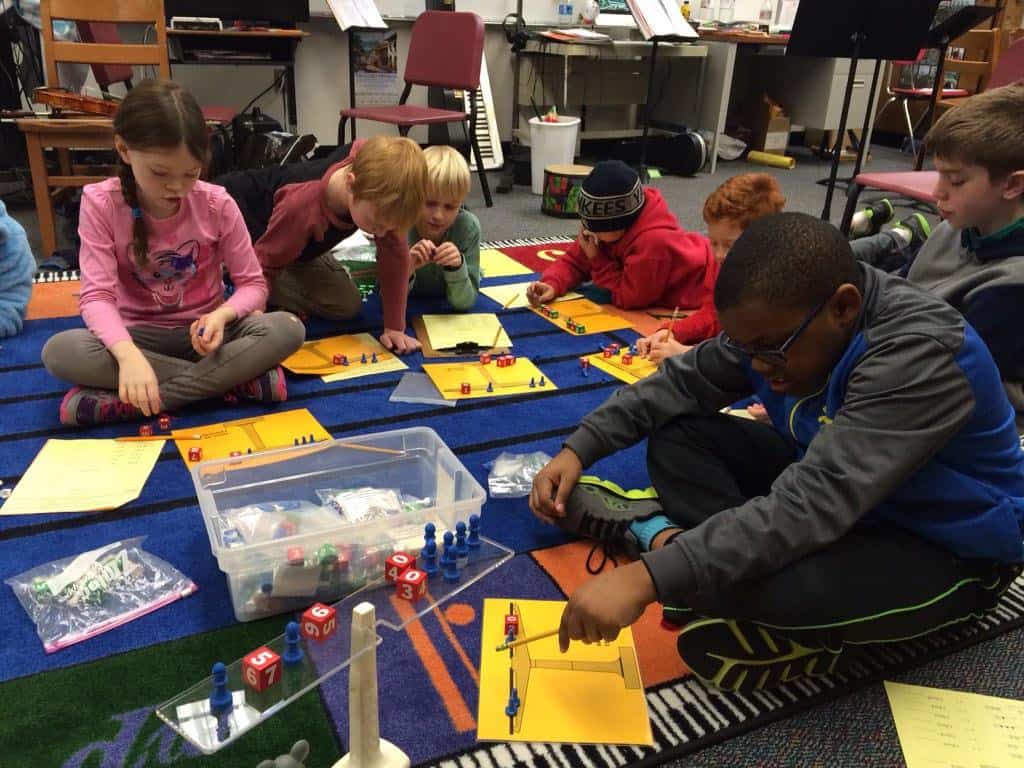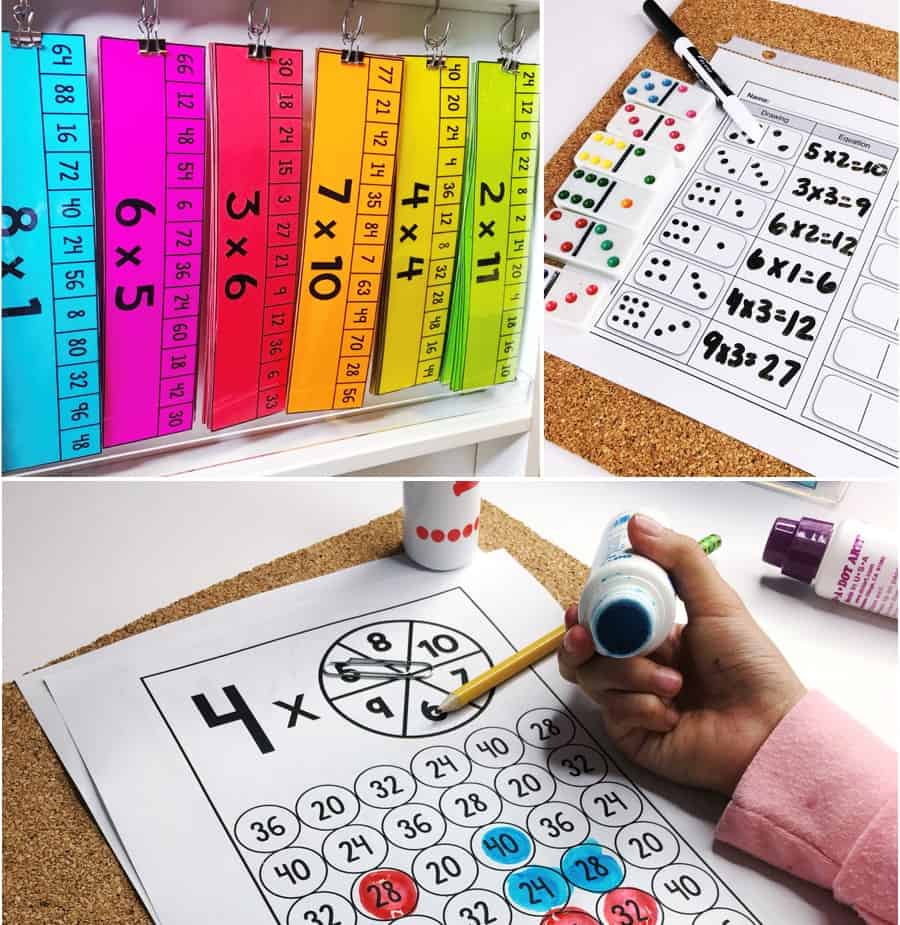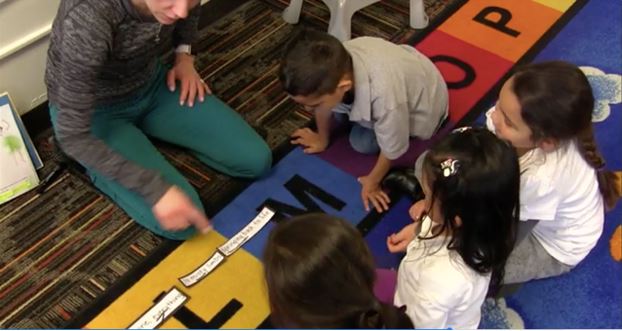
Articles Tagged with “Tools and Resources”
Sort by

Culture, Community, and Collaboration

“Can I have this? Can I have that?”




The Development of the Landscape Analysis Process


Sparking Engagement: Getting Silly to Find Joy

Google Jamboard: Connecting Students, Curating Thinking and Learning

Making Students’ Learning Visible with Jamboard


Meet Students Where They Are Academically and Literally!

Enhancing Remote Learning and Student Engagement With Online Tools

Which Types of Content Are Key in Content-Focused Professional Learning in Mathematics?


What Is “Content-Focused Professional Learning”?

Amplifying Student Voices During Distance Learning

Digital Coaching Menus Bring the Professional Learning Principles To Life

5 Ideas to Engage K-2 Students in Math Remotely

3 Recommendations for Supporting Early Elementary Students Remotely

Top 5 Resources for Learning Online

Mistakes Tell Us What Students Are Ready to Learn


Math Instructional Routines: Creating Opportunities for Students With Disabilities to Grapple with Grade-Level Math

Designing and Integrating a Grade 3 Assessment on Fractions

Developing the Math Language Routines

Quality Instructional Materials or Quality Professional Learning Opportunities for Teachers?



Encouraging a Growth Mindset through Art

Formative Assessments and Feedback in the Digital Age

enVisionmath 2.0: Focusing the K-5 Mathematics Curriculum


The 3 R’s + 4 C’s = 7th Heaven (Part 2)

The 3 R’s + 4 C’s = 7th Heaven

The Digital Coaching Menu: Four Reasons Why You Need One

Three APPS to Support Students with Special Needs

Addressing unfinished learning in the context of grade-level work

Creating Student Empowerment Through Your Garden-Variety Graphic Organizer

Emerging Effects from CCSS

A Five-Course Meal Complete with Strategies for Assessment


The Instructional Practice Toolkit: An Introduction

Unfinished Learning in Math: How Do You Address it?

Piloting the Instructional Practice Toolkit

State of Our Classrooms: Instructional Materials

Finding Our Way in Fluency – A School’s Journey to Strengthen Math Fluency Instruction

“We’re the best. Just trust us!”

Demonstrating Conceptual Understanding of Mathematics Using Technology

Five Places for Trusted Resource Recommendations

Empowering Primary Math Teachers

Forming a United Whole – The Coherence Map

Using an EdReports Review to Improve My Math Curriculum


Pinterest: A Useful Tool for the Educator’s Toolbox

Getting to Know Mini-Assessments

Four APPS to Redefine your Math Class

Putting Focus into Practice: The Case of Word Problems in Grades K–2

Lessons from the Fordham Assessment Review

Supporting All Learners with Complex Texts

Sitting Beside the Learner: The ‘Me’ in Assessments


Choosing Alignment over Familiarity

Putting the Math Practices into Practice

A Recommendation to Fellow Publishers

Reason Abstractly and Quantitatively

CCSS-Aligned Materials for ELL Students

Criteria for Curricular Materials Labeled as Appropriate for ELLs

Supplementing Your Anchor Math Curriculum with Rich Tasks

Decision-Making that Matters: 10 Ways Teachers Can Impact Curricular Decisions

Training Materials for the Math IMET

Creating Full-Course Open Educational Resources (OER)

Creating a Coherent Math Curriculum

The EQuIP Review Process and Rubric

Working Together to Create Open Educational Resources

Six Instructional Materials Articles You Should Be Reading

Publishing Review Results

Mathematics in the Common Core Classroom

Open Educational Resources in Action

Introduction to Open Educational Resources



Reviewing Is a Journey and the Benefits Aren’t What We’d Expected

How Reviewing Materials Changed My Classroom Practice

When to Use the IMET

Why Not Just Crosswalk?

Should We Bother with Other People’s Reviews?

Building the Right Review Team













